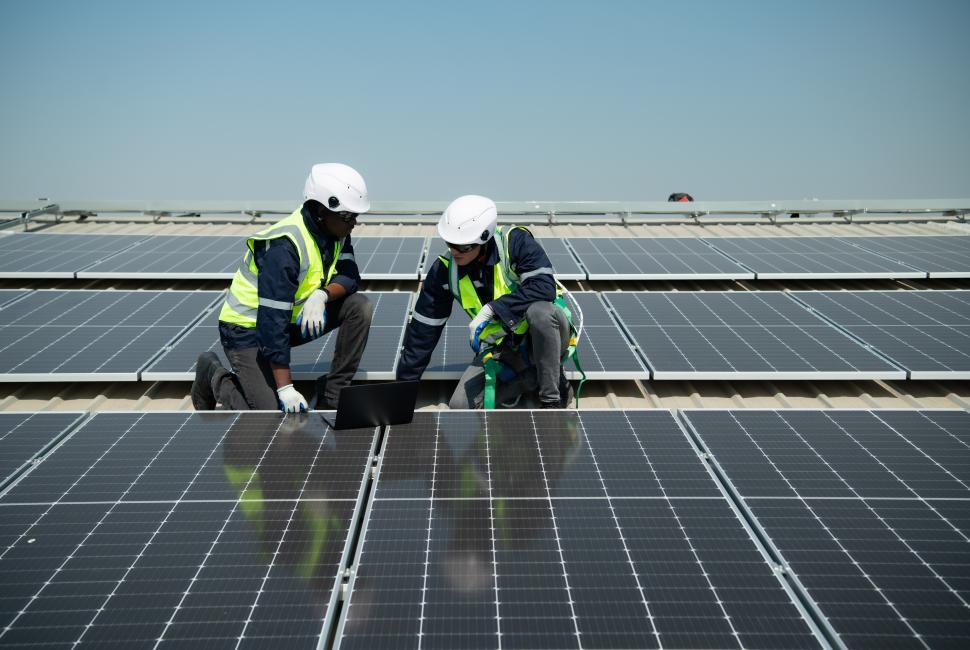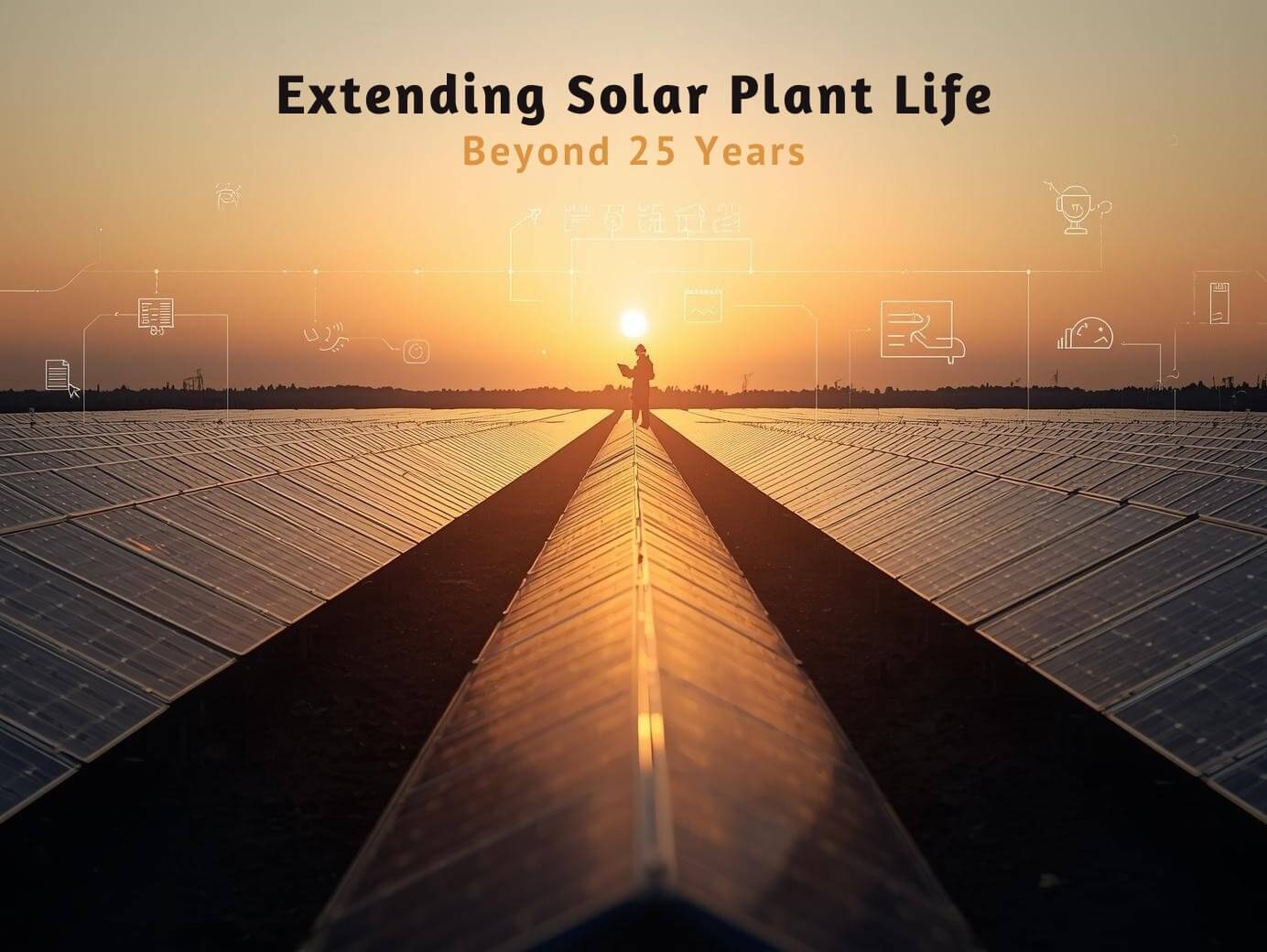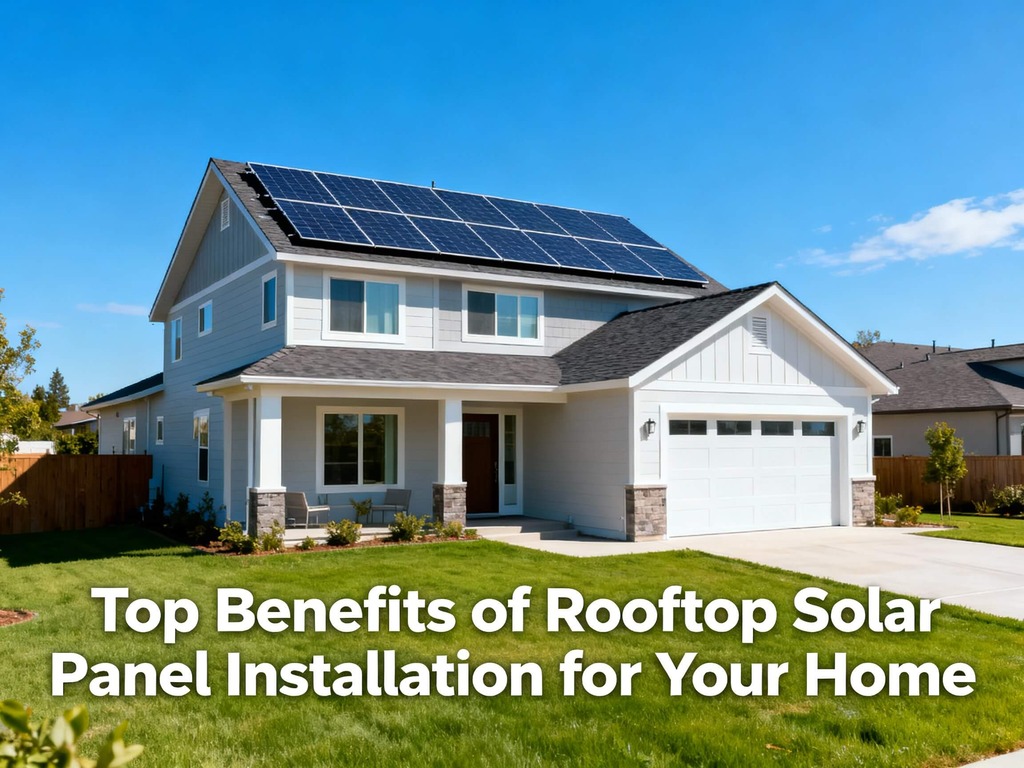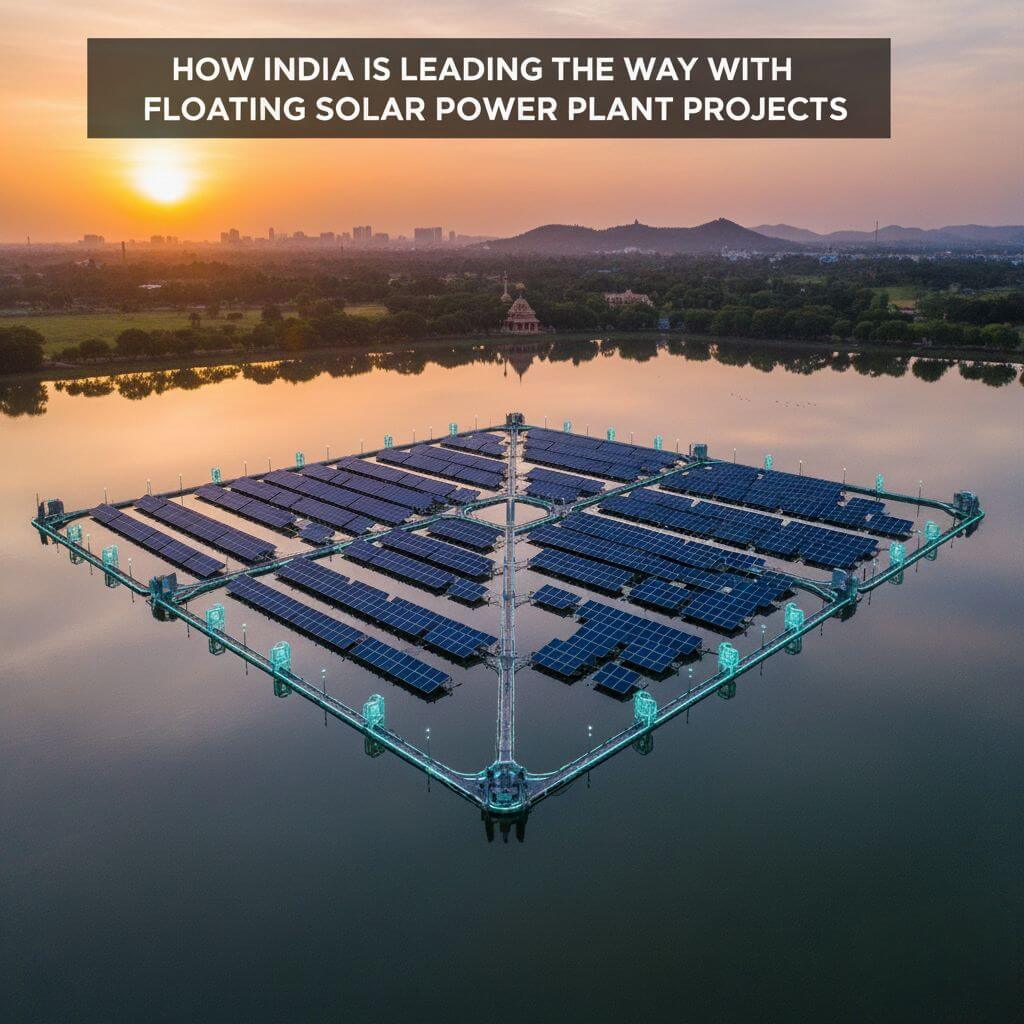7 Things to Consider Before Installing Rooftop Solar Panels
Rooftop Solar Installation
Installing rooftop solar panels can be a big investment, but one that pays off over time through lower electricity bills and a reduced carbon footprint. As more buildings add solar systems to offset grid power, they contribute to larger renewable energy goals as well.
However, like any major home upgrade, rooftop solar requires careful planning beforehand. By researching your options, assessing your home, and understanding the costs, you’ll set your new energy system up for success. Here are seven key things to consider before installing solar panels on your roof.
1. Check Your Roof’s Condition and Orientation
The roof must be in good condition to support solar panels for 25 years or more. Inspect for leaks, damaged shingles, or other issues a contractor would need to address beforehand. Similarly, check that large shade trees don’t obstruct too much sunlight during the day.
The optimal roof orientation is south-facing at a 30-degree tilt, maximizing solar exposure as the sun tracks across the sky. However, panels can still work on east- or west-facing roofs or at other angles. Your solar installer will assess orientation and usage to recommend an appropriately sized system.
2. Understand Your Current Energy Usage
Analyse your monthly electricity bills to understand your household’s energy use patterns over seasons and years. This informs what size solar system makes sense for your home, along with future expansion possibilities. Any dramatic spikes in usage could indicate opportunities to improve efficiency before adopting solar power.
Online calculators from installers let you estimate system specs and savings based on address, bill amounts, and roof measurements. As you gather quotes, discuss custom system designs that truly offset your own energy needs.
3. Compare Types of Solar Panels
While systems were once limited to bulky solar water heaters, today’s PV panel options include sleek shingles integrated with roofing materials. Beyond aesthetic appeals, solar panel types differ in efficiency ratings and costs.
Poly- and monocrystalline silicon cells are most common and efficient, with thinner flexible panels also available. Review the durability expected from warranties as well—premium panels may better withstand hail or high winds.
4. Calculate Costs Versus Savings
While going solar requires a significant upfront investment, incentives are available to offset system costs. Federal and local tax credits, rebates, and solar renewable energy credits (SRECs) all make adoption more affordable over time.
Beyond financial incentives, most solar owners see a full return on investment in 6-12 years when electricity bill savings offset system costs. By locking in fixed pricing through solar, you also avoid utility rate hikes over the decades ahead. Discuss all these factors with installers to forecast realistic budgets and ROI timelines.
5. Compare Financing and Payment Options
Rather than paying the full solar system cost outright, many homeowners finance installations through solar loans, PACE financing, solar leases, or power purchase agreements (PPAs). Solar loans allow you to keep ownership of the system while paying off the principal over the years.
Alternatively, third-party solar leases and PPAs involve contracting an outside company to install and maintain panels on your property while selling back generated power. Compare all programs to weigh financial obligations against system ownership and savings.
6. Research Installers and Grid Connection Policies
Vet several top-rated solar companies for transparent quotes and recommendations tailored to your property. Confirm they employ certified technicians, have longstanding local operations, quality equipment, and post-install support for maintenance needs. You want an installer invested in seamless, clean energy transitions.
It’s also wise to contact your utility provider early about the requirements for connecting systems to the grid with net metering. They can explain relevant subsidies, rate structures, metering upgrades, and permitting involved with going solar in your area.
7. Consider Battery Storage for Outages
While solar panels alone provide daytime energy independence, adding a home battery stores excess solar electricity for overnight use. These systems also keep essentials powered during grid outages from storms, equipment failures, or public safety shutoffs.
Even without batteries, building resilient solar microgrids keeps communities running in disaster events when centralized power infrastructure fails. Talk to your installer about including storage based on household energy priorities.
Switching to rooftop solar is one of the most impactful steps a household can take towards sustainable living. By tapping into the abundant renewable power already lighting your home each day, solar panels let you contribute to the global clean energy transition happening right now. Small-scale residential solar also builds community awareness and interest in further regional adoption.
Your neighbors might have questions about the equipment suddenly appearing on local roofs. Be prepared to give firsthand advice about costs, provider choices, incentives available, and the real experience of monitoring self-generated power. Simple rooftop installations spark important conversations that inspire more sustainable neighborhoods. Whether through formal solar group buys or as an early adopter yourself, your renewable energy system can empower broader local change.
Conclusion
By weighing these solar considerations upfront, you can make informed decisions about upgrading to renewable roof panels. Reach out to Waaree Solar for help assessing home compatibility, designing fully customized systems for offsetting your electricity usage, comparing equipment, calculating long-term savings, and more. You can visit our website, Waareertl.com, for more details. With comprehensive guidance from us, you can look forward to lower bills and sustainable energy independence for decades ahead.
Post a comment
You must be logged in to post a comment.





